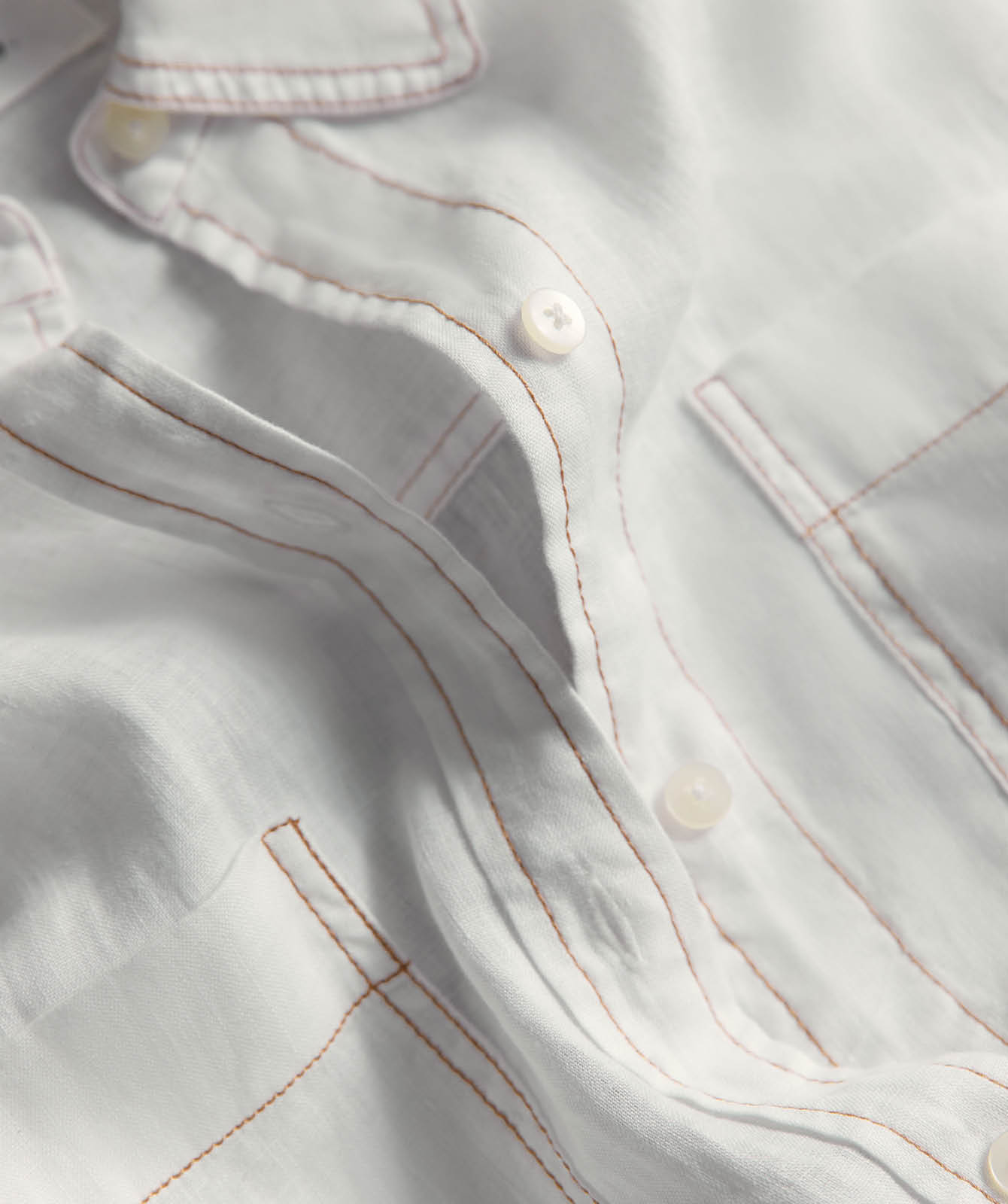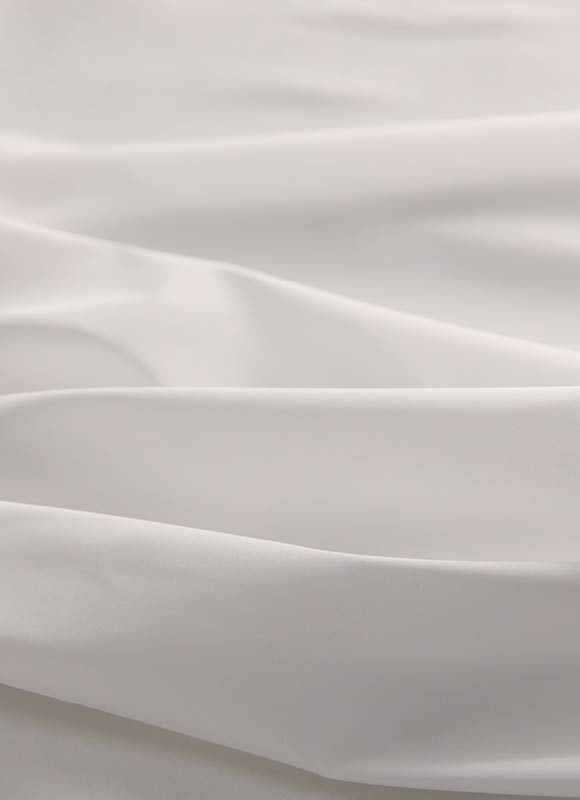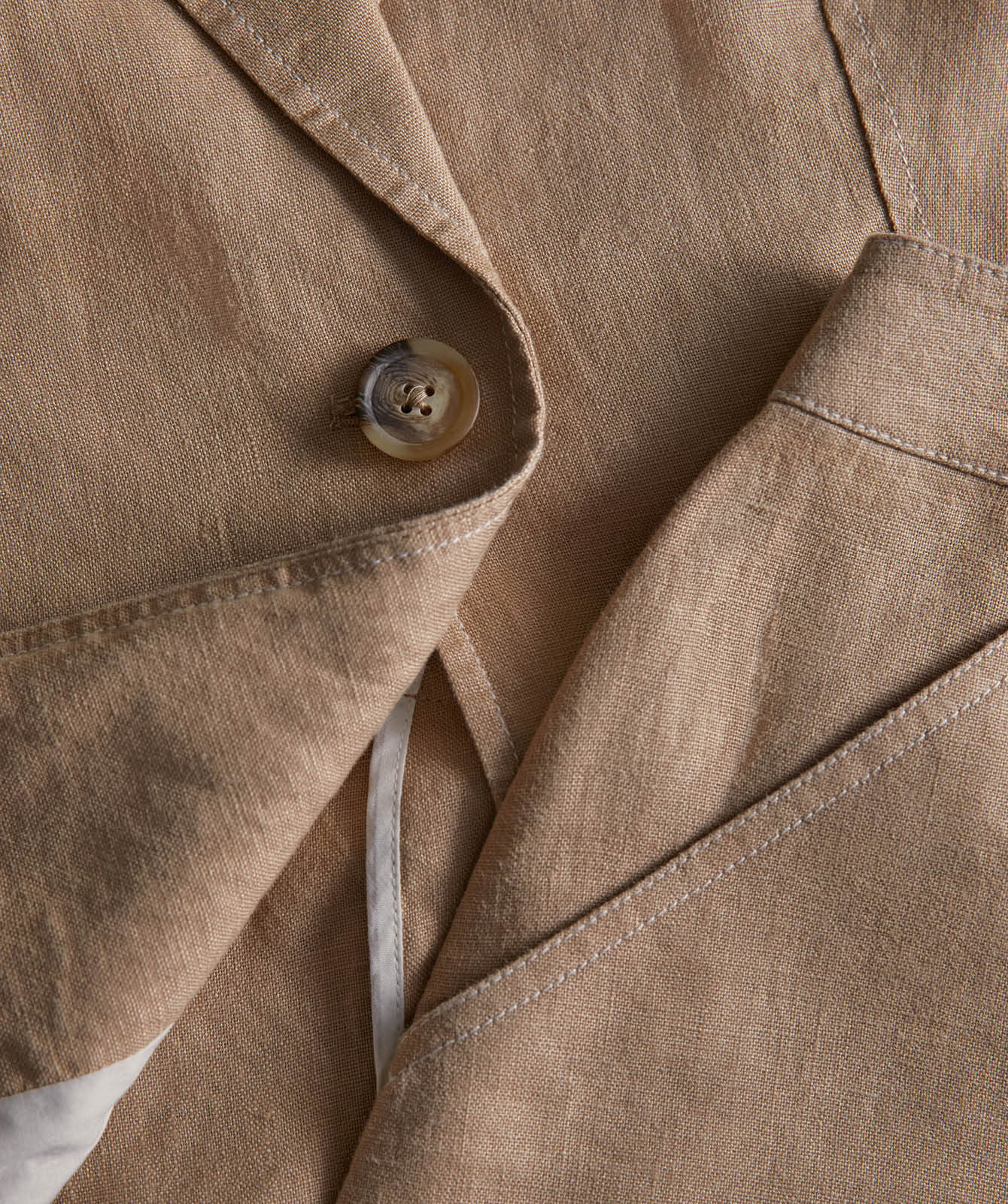IN CONVERSATION: LUCY SIMPSON OF GAAWAA MIYAY
Lucy, tell us a little bit about yourself & your history with design and art.
I graduated from UNSW Art & Design in 2009 and established Gaawaa Miyay in the same year. My connection to design and making started at an early age, as a young girl making jewellery from emu feathers and echidna quills for family and friends (by-product of big family and community meals) as a way of maintaining connections - a holder of country and a tactile vehicle of exchange. These early years helped to form a grounded and practical understanding of sustainable practice for me - connecting to cultural practice and lessons on value and the use of materials to both minimise waste and celebrate relationships.
Who or what was your inspiration for this collection, Of Place? / Where do you draw inspiration from in your designs?
Country and family forms the grounding and is at the heart of all that I do. Celebrating the beauty vastness and diversity of place is fundamental in a time of ecological crisis and upheaval. Sharing story in this way brings messages of balance and wellbeing - and responsibility - to audiences in everyday ways, through tactility and functional ways. First Nations design is grounded in this principle; functional objects which hold story and memory; the tools of survival.
What’s your favourite piece from this collection and why?
It is difficult to pick just one! I love that the whole collection has been created mindfully and through considered processes - honouring Country / Gunimaa / our natural environment wholeheartedly. I love that the individual pieces have been considered for our climate and lifestyle, and that the whole range is so wearable yet sophisticated. If I had to choose just one piece it would have to be the men’s linen Garaarr shirt... it’s breathable and comfortable and being a fan of a looser fit I also love that the pieces offer that flexibility for all genders. The print itself is also a special one and holds so much significance across our whole country; with the Kangaroo Grass a symbol of life, and sustainance while being so beautifully and uniquely Australian. Well and truly one of our iconic fibres of place.
Tell us about the featured prints from this collection?
Each print created for the collection holds a story, a story which connects specifically to yuwaalaraay Country and my own experience, but also an overarching narrative which I feel most would be able to connect with or find connections to. It is a visual language of place,a seasonal yarn etched across bark, drawn in sand, written in the winds and growing from the earth. From the flowering of the kangaroo grass to the coming of the spring wind and the emergence of the hibernating animals, it also forms a story of time in this very moment known to most as Spring and Summer. A beautiful and wonderful world which since the begining has nurtured us, and one which calls for our nurturing in return.
Mayrraa: Wind
A design which speaks of wind, change, and the transformation that blows across plains country with the coming of new seasons.
Ngarribaagili: Above
Mapping Country, looking upon and understanding Country as one big vast and interconnected story of systems and relationships.
Garaarr: Kangaroo Grass
A print which acknowledges the imporance of our native grasses and their role in sustaining healthy ecological communities. The fibres of place.
Yawa-Li: Track
This print represents the visual markers of time and movement that are etched across country, and the lessons that come from being in tune with the natural world.
Tell us a bit about the techniques and methods you used to create the 4 prints. Where did you learn these techniques?
I have applied a range of print and mark making techniques to tell this story. They have come from a lifetime of exploring the natural world and experimenting with different processes to translate understand and connect. From painting with acrylics and with watercolour and ochre pigments, to ink drawings and lino print, as well as incorporating original photography and creation of cyanotype / sun prints. The aim was to create a diverse range of textile prints that could be applied and adapted across a range of materials and garments. A cohesive collection which also held a diversity in visual language representative of time place and experience.



What does it mean to you to be able to share your art and designs with Australia?
I am honoured to share story, design and country in this way. It makes me proud that family community and broader audiences can connect to County and stories of place in tactile everyday ways through wearable pieces. For me creating something beautiful and relatable is key to communicating the plight of Country and relaying the responsibility we all hold to care for Gunimaa / our natural world (the mother). It has been a wonderful experience connecting with JAG in meaningful ways through a shared purpose of creating uniquely Australian design with a purpose and message to share. I look forward to the unfolding journey of this relationship and working together on future projects honouring Country and story.


What’s next for Gaawaa Miyay?
I am currently developing works for two upcoming exhibitions which share the plight of our Freshwater ecologies and endemic species. Working in local colour / natural dye and pigment and the fibres and materials of place. There are two public art projects also in the works, and I am currently a PHD candidate at the University of Technology Sydney, with research that explores the role of First Nations design as tool / conduit to Baayangalibiyaay or notions of wellbeing (people and place).





























